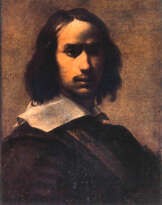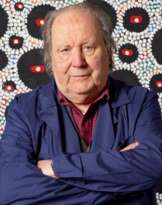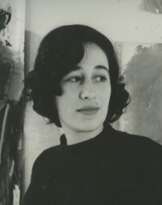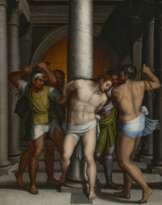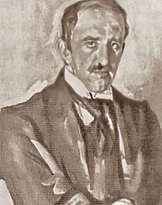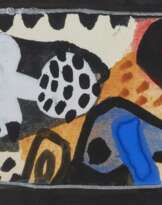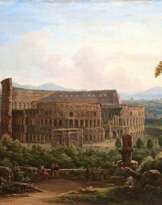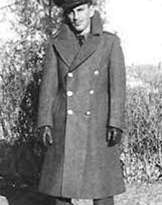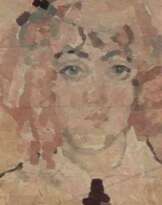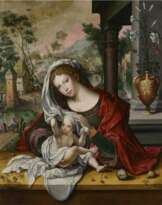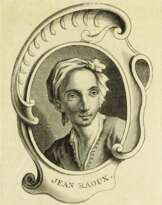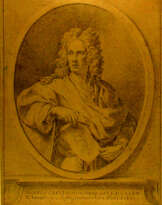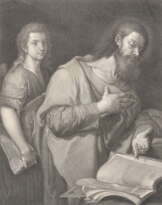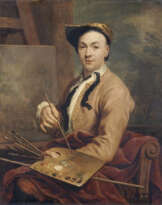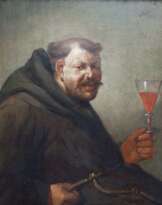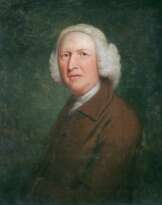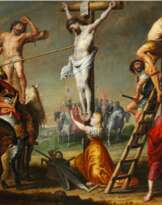Cimabue (1240 - 1302)
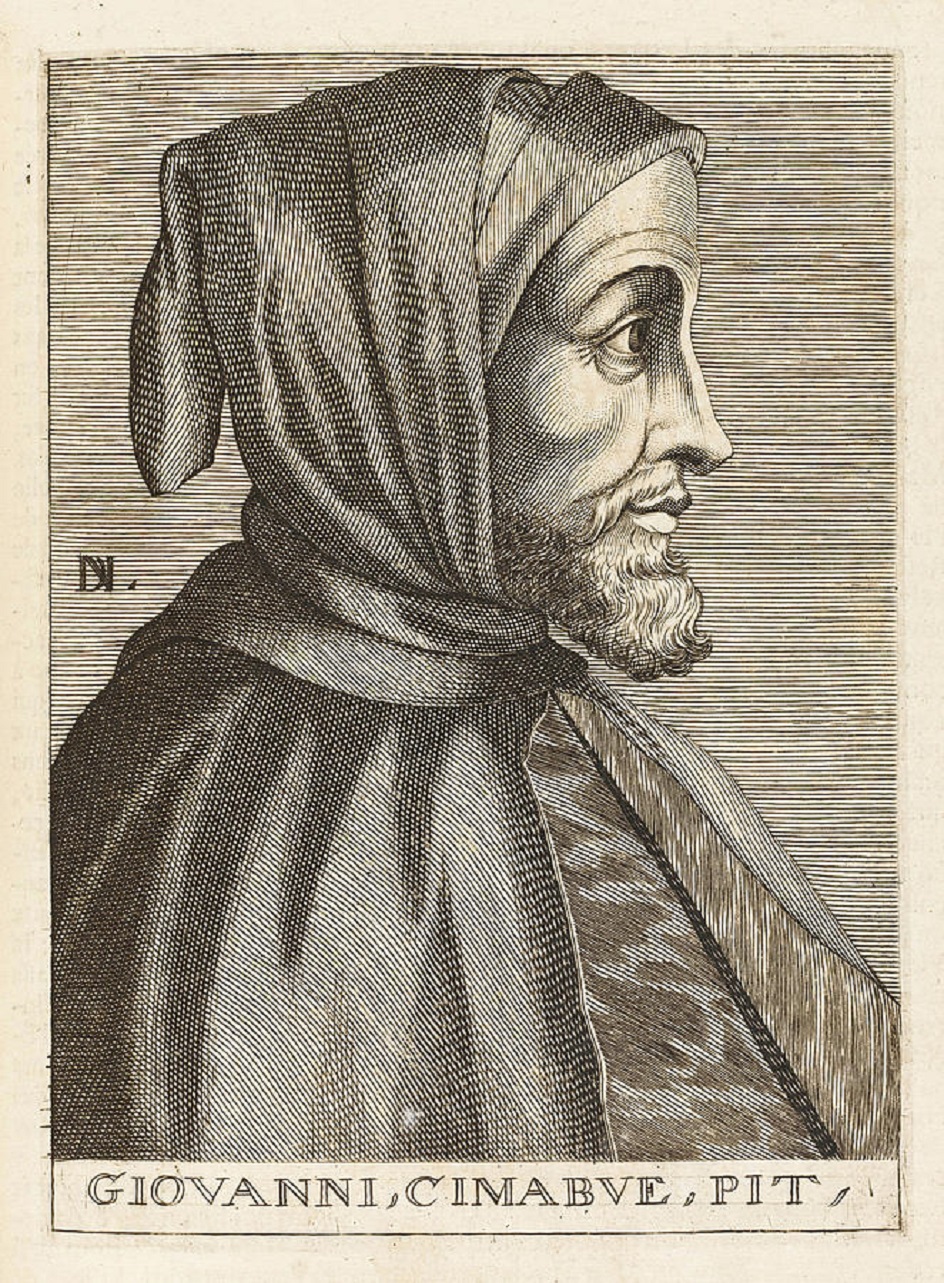
Cimabue
Cimabue, a preeminent Italian painter and mosaicist from the late 13th century, remains a pivotal figure in the transition from the Byzantine to the early Renaissance art style. Born before 1251 and passing in 1302, his works are celebrated for their innovative departure from the Italo-Byzantine conventions, introducing more naturalistic forms and expressions into Western European painting. This transformative approach is evident in his frescoes in the Basilica of San Francesco, Assisi, and the Santa Trinita 'Maestà' now housed in the Uffizi Gallery, Florence.
Cimabue's significance in art history is underscored by his role in laying the groundwork for the evolution of Italian painting, marking a critical moment when artists began exploring the depiction of three-dimensional space and the naturalistic rendering of forms. His influence extended to his contemporaries and successors, notably Giotto, who is often credited with advancing the Renaissance style that Cimabue initiated.
One of Cimabue's most notable works, the Santa Trinita 'Maestà', exemplifies his mature style with its refined use of perspective and more humanistic portrayal of figures, moving away from the rigid Byzantine models. This painting, alongside his frescoes in Assisi and the mosaic of 'Saint John the Evangelist' in Pisa's cathedral, demonstrates his pioneering role in the early Italian Renaissance. Despite being eventually eclipsed by Giotto, Cimabue's legacy as a bridge between Byzantine traditions and the nascent Renaissance cannot be understated.
Cimabue's artwork not only represents a crucial pivot in art history but also continues to captivate collectors and experts in art and antiques for its historical significance and the foundational role it played in the development of Western art. For those keen on exploring the origins of Renaissance art, Cimabue's works offer invaluable insights into the period's artistic evolution.
For aficionados and connoisseurs deeply engaged in the realms of art history and antique collection, particularly those with a keen interest in the seminal period that bridges the Byzantine and Renaissance eras, staying informed on Cimabue's artistic legacy is invaluable. To this end, we cordially invite you to subscribe to our dedicated updates. This subscription service is designed to provide enthusiasts with exclusive notifications about new discoveries, forthcoming sales, and prestigious auction events directly related to Cimabue's remarkable oeuvre. Engage with us to ensure you remain at the forefront of significant developments and opportunities to enhance your collection with works from this foundational figure in art history.
| Date and place of birt: | 1240, Florence, Italy |
|---|---|
| Date and place of death: | 1302, Pisa, Italy |
| Nationality: | Italy |
| Period of activity: | XIII, XIV century |
| Specialization: | Artist, Painter |
| Art school / group: | Florentine School |
| Genre: | Religious genre |
| Art style: | Proto-Renaissance, Old Masters |
| Technique: | Fresco, Mosaic |
